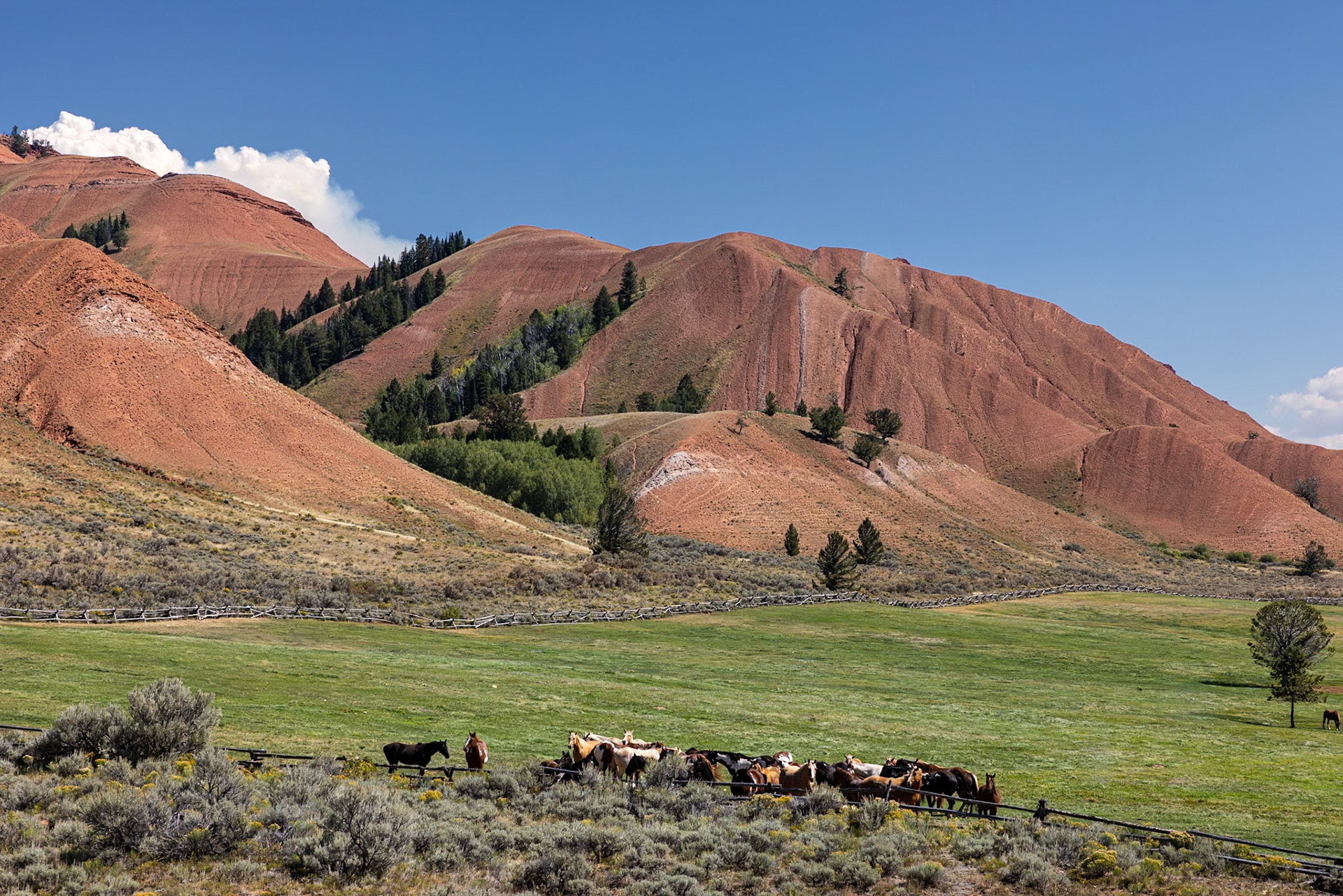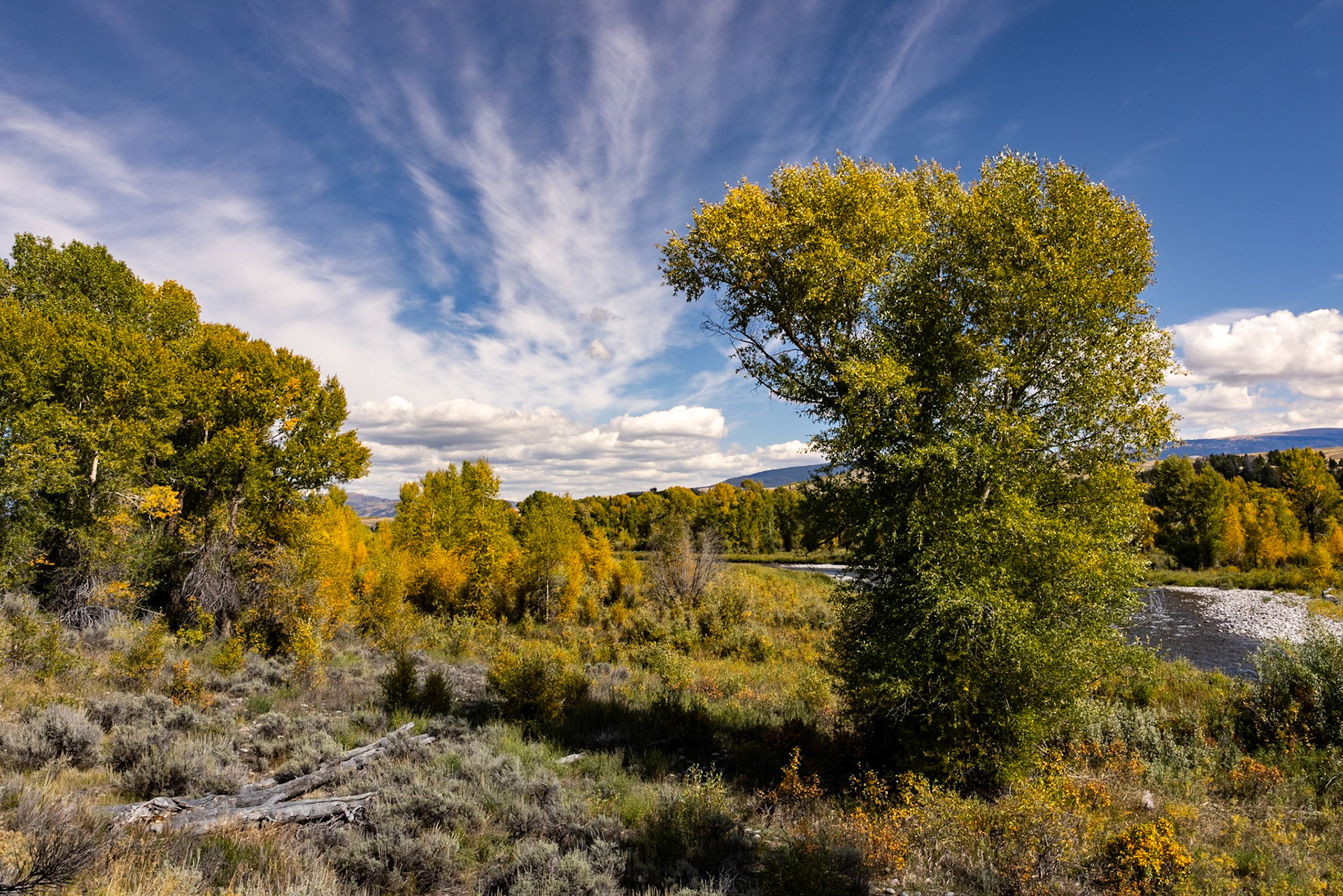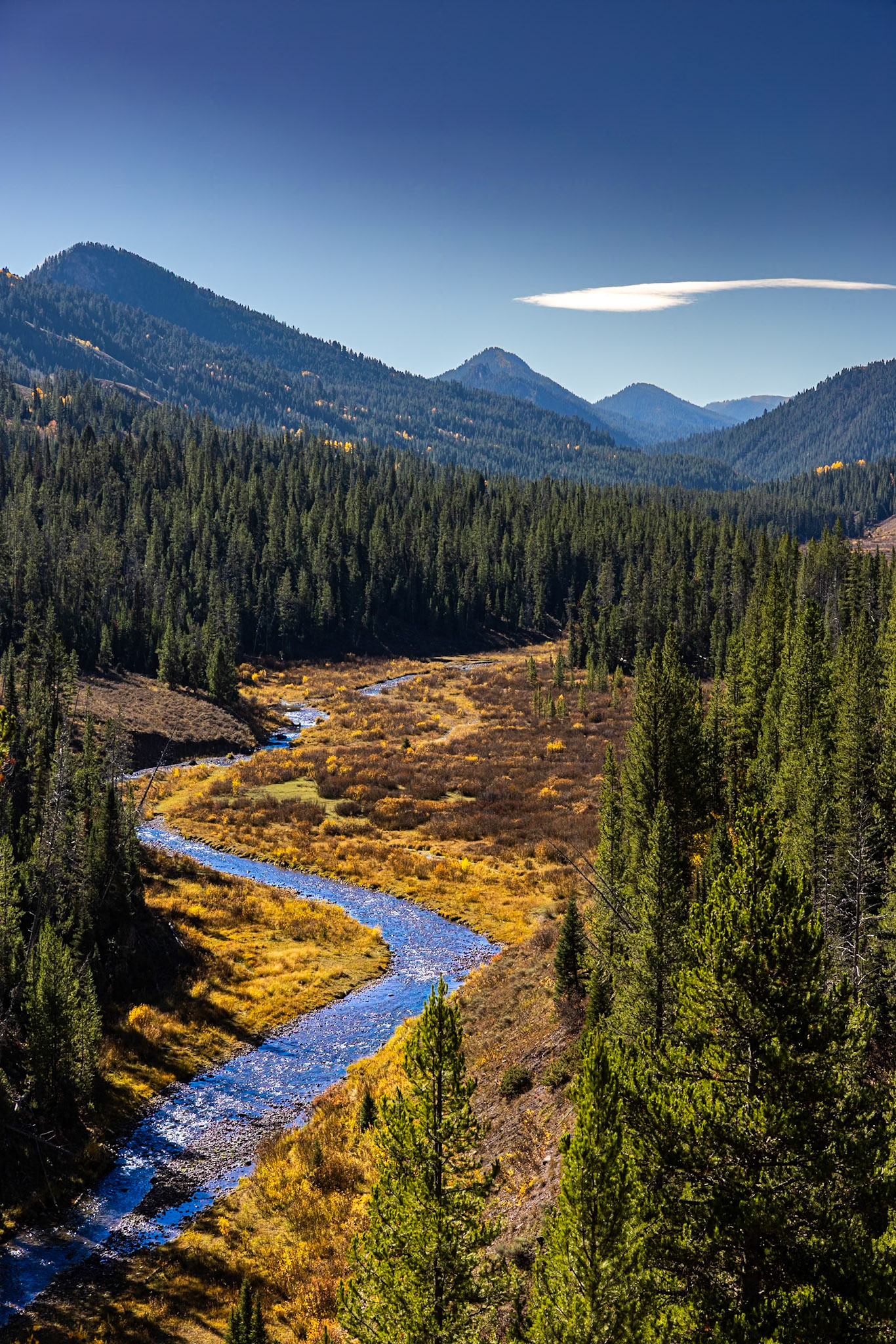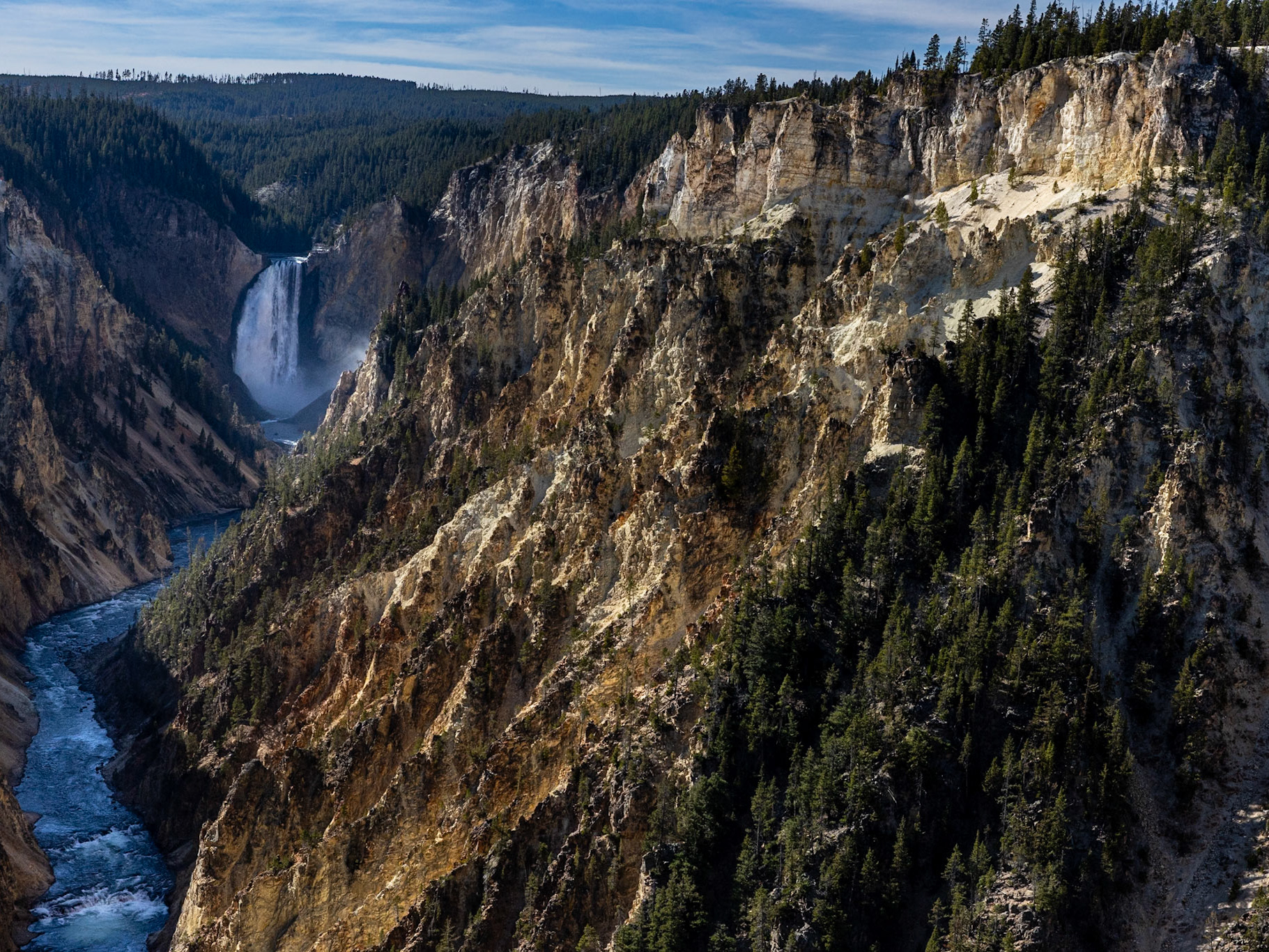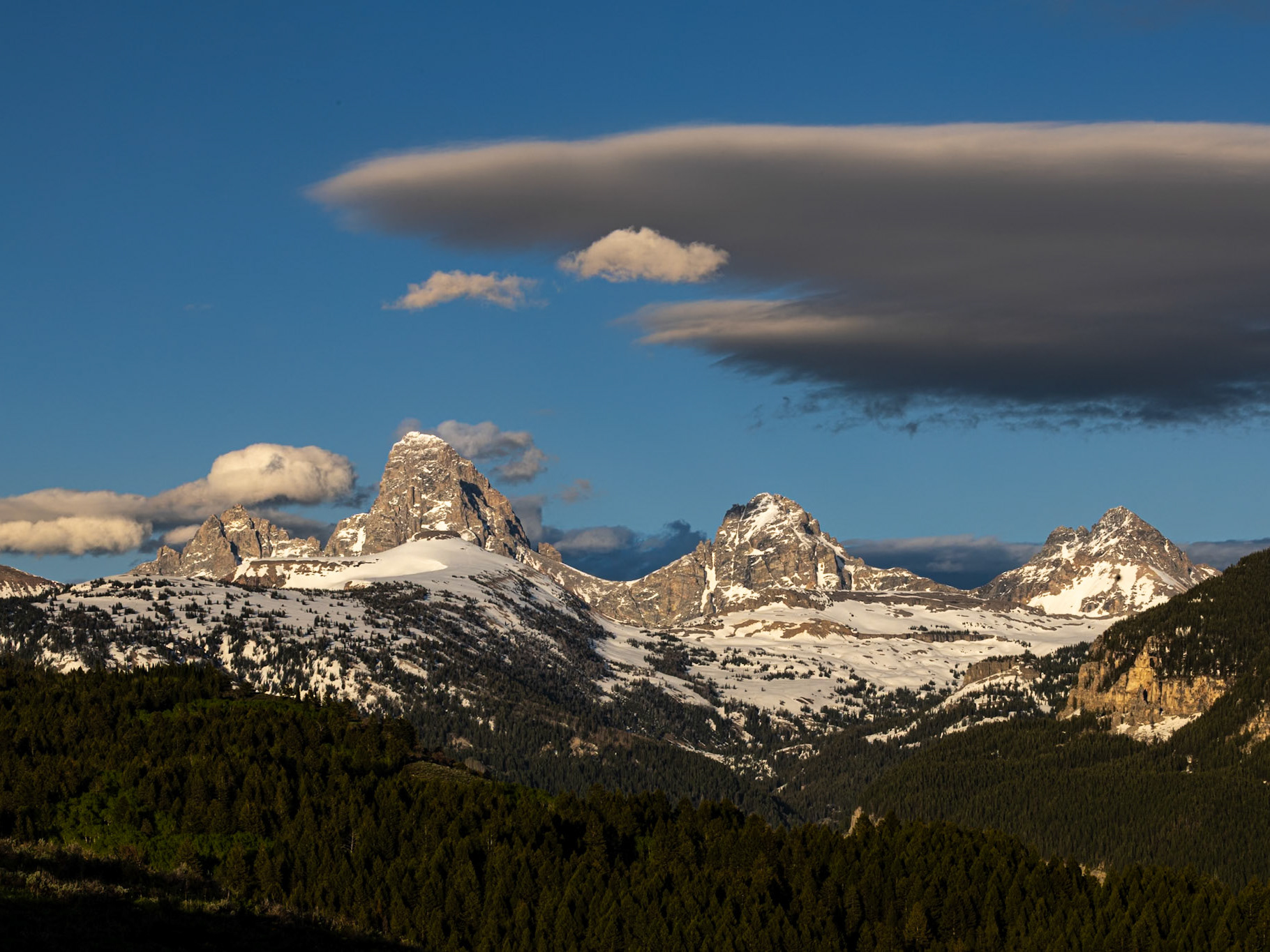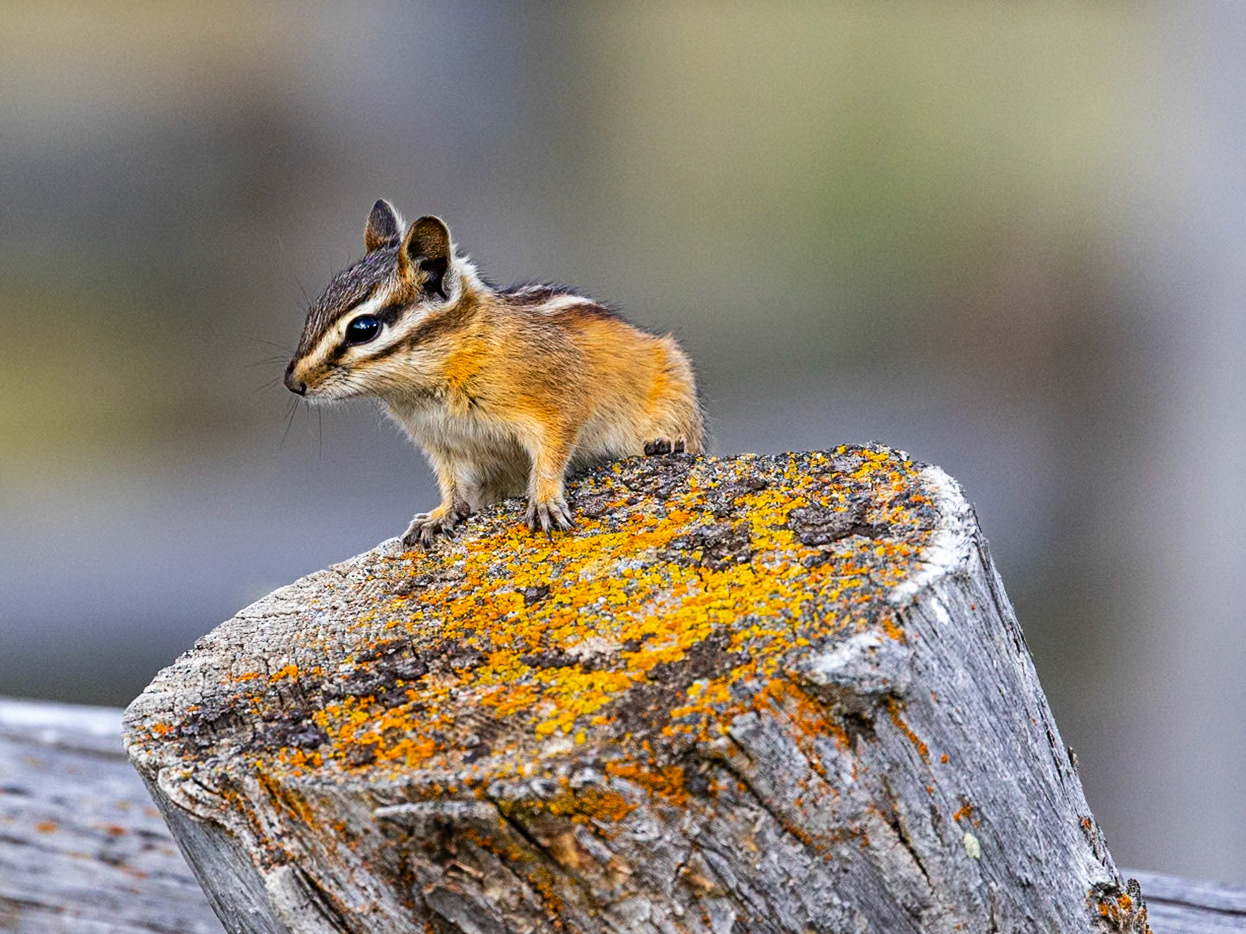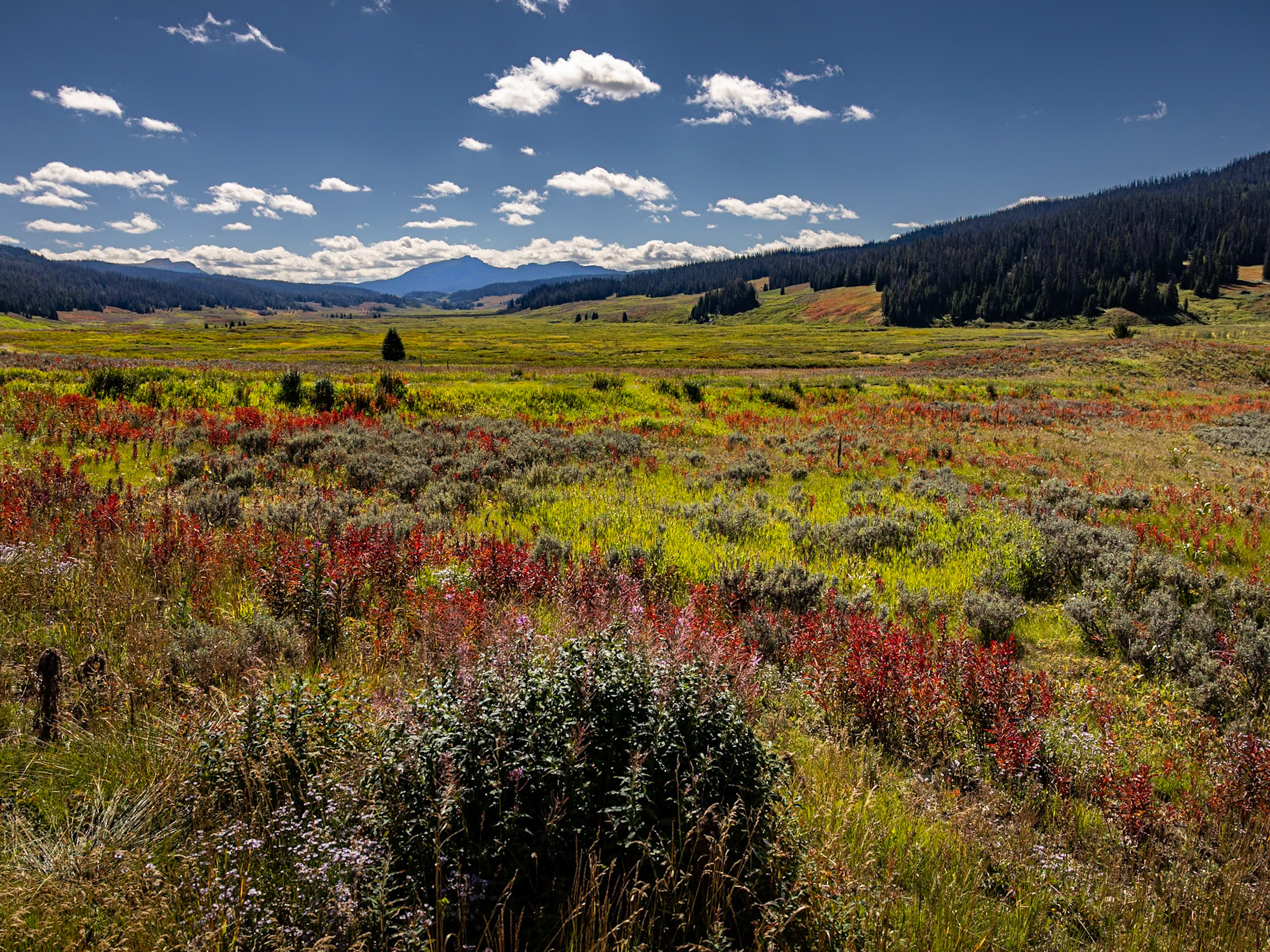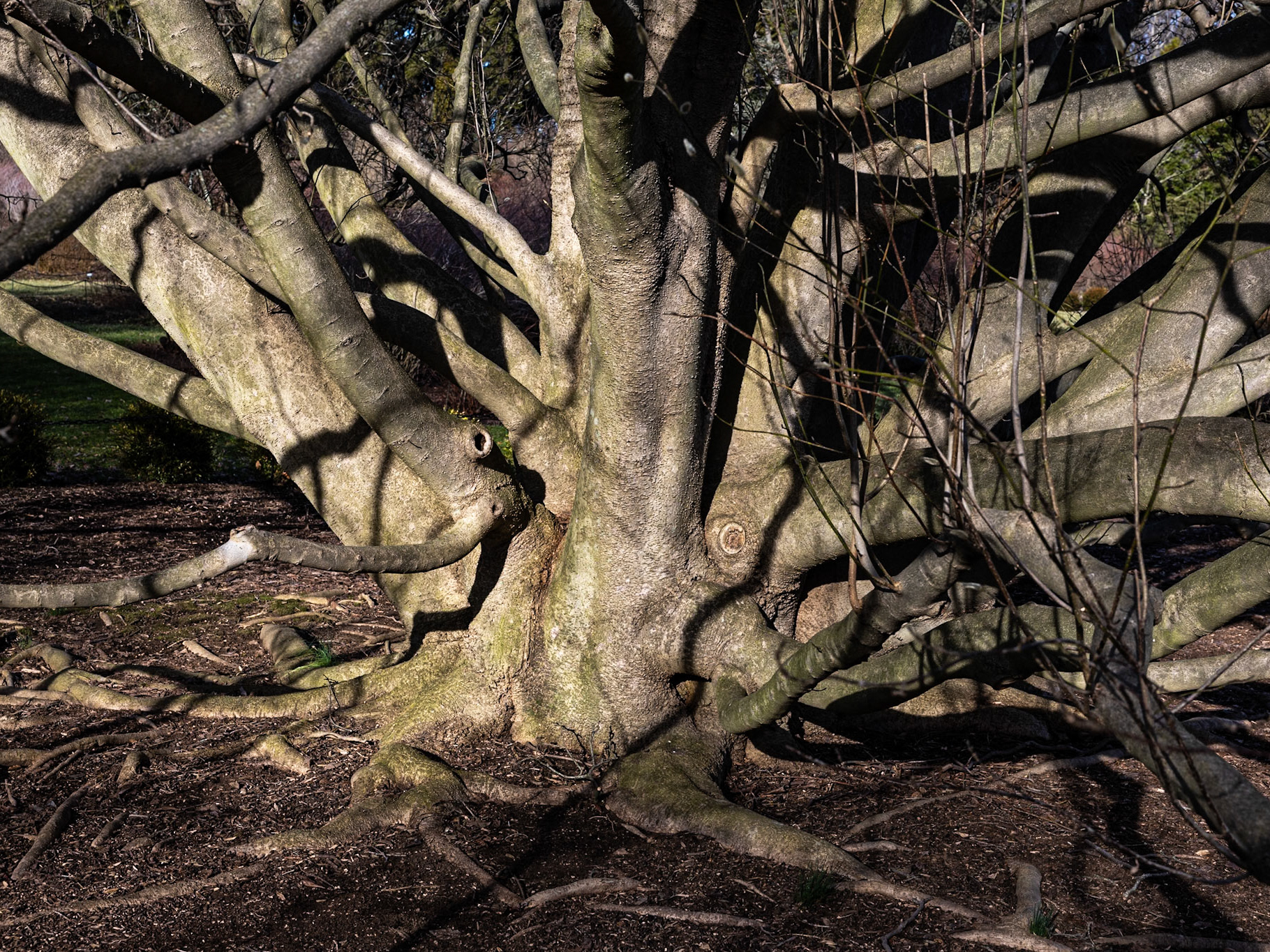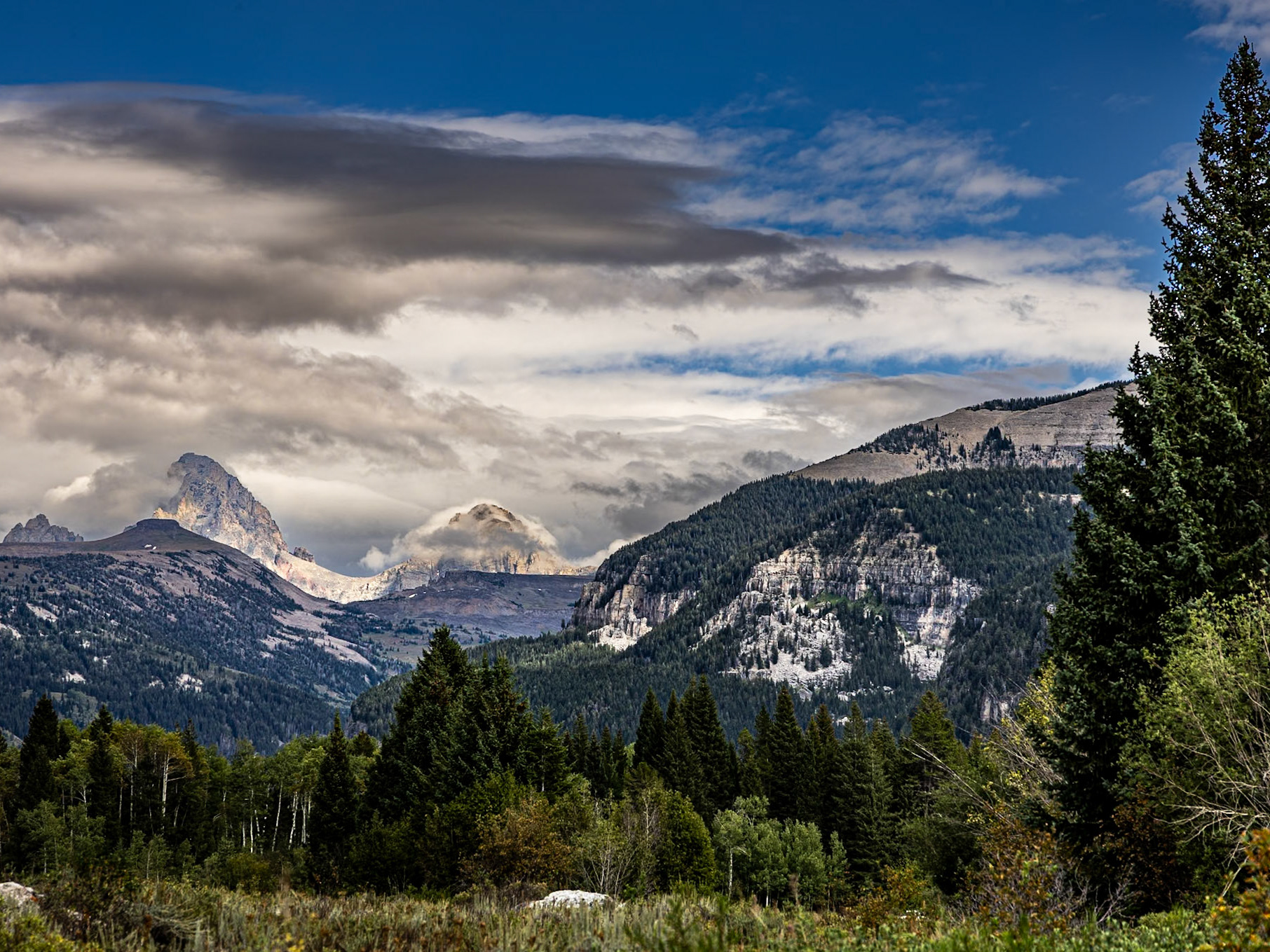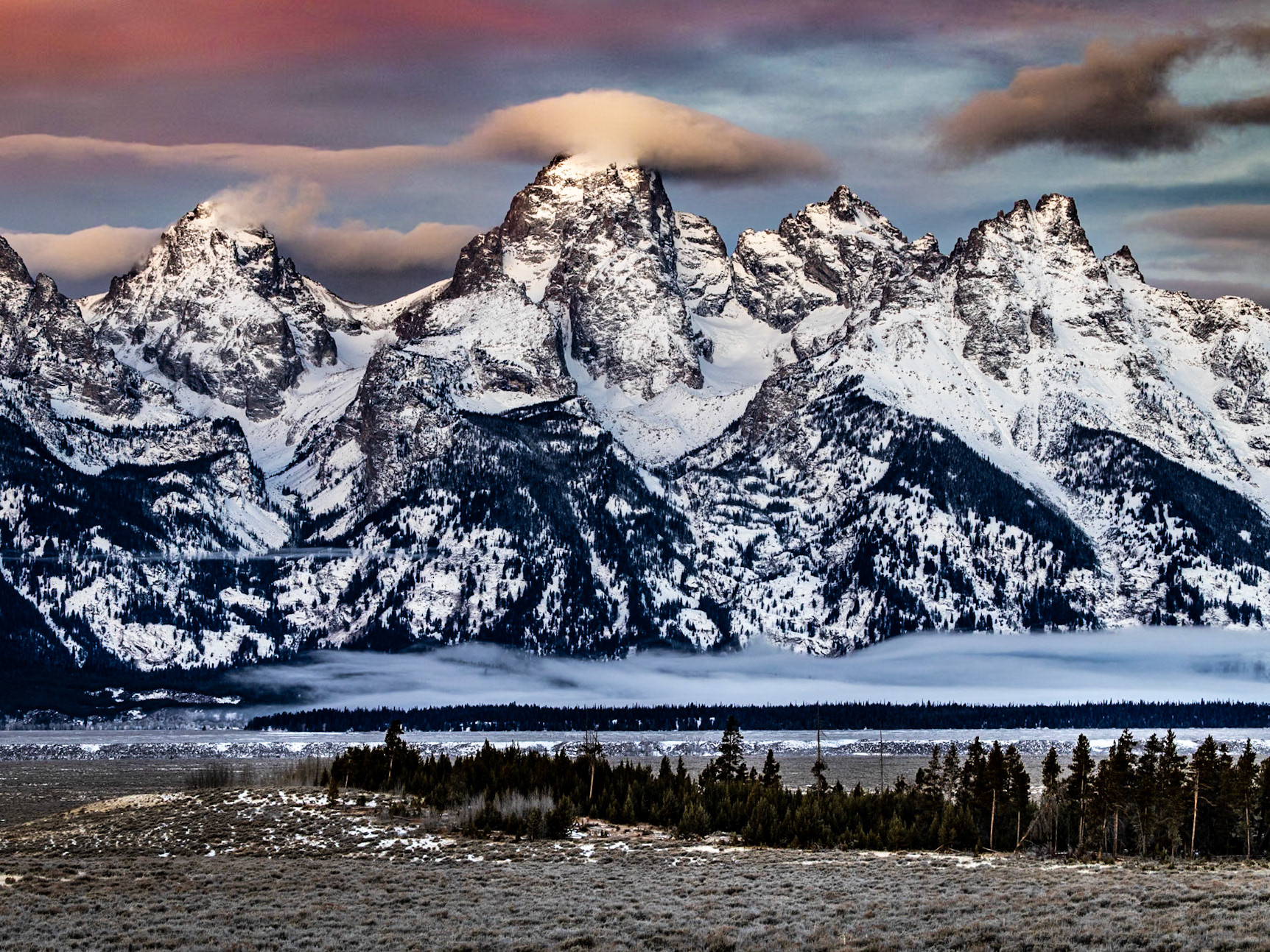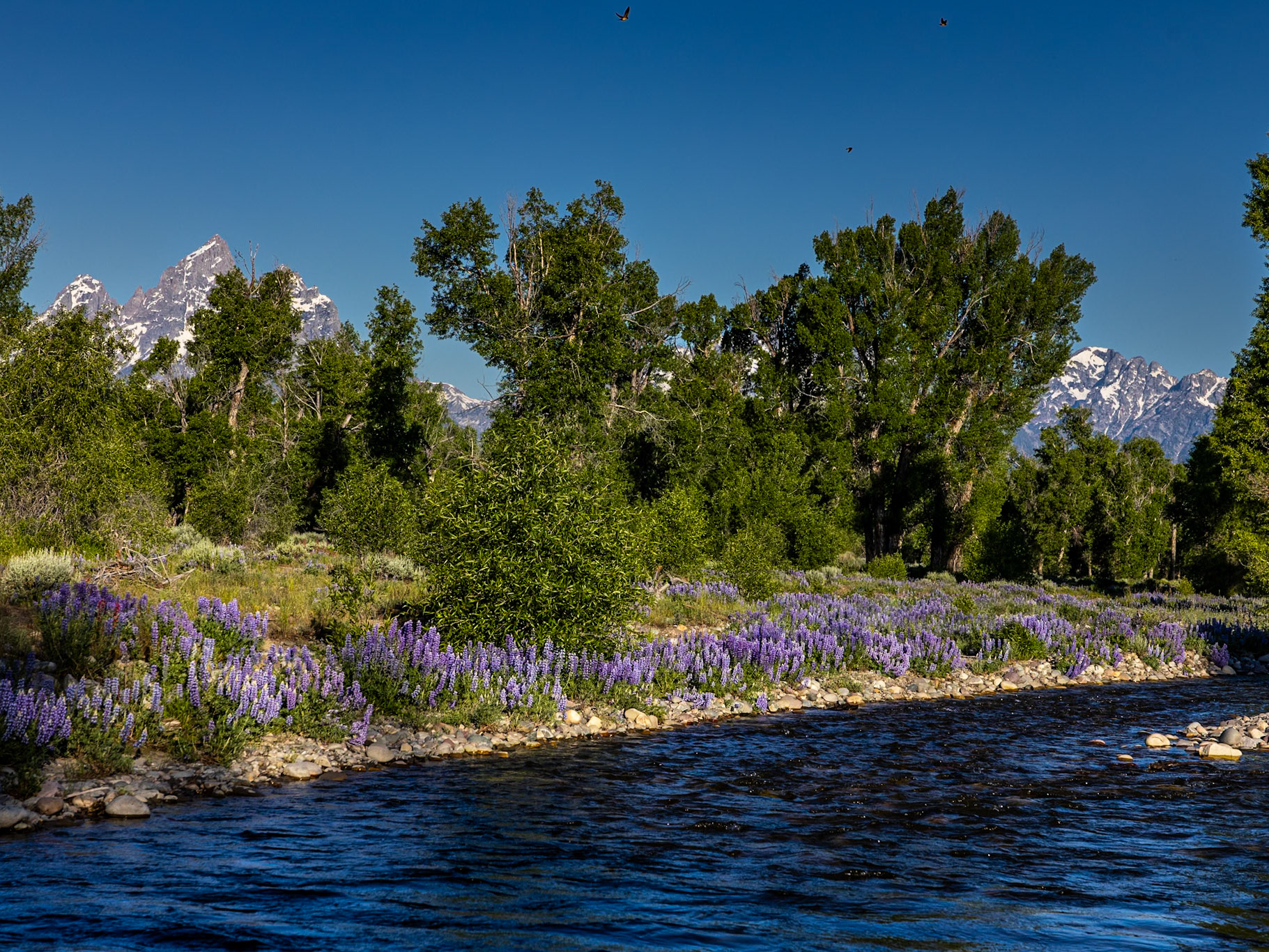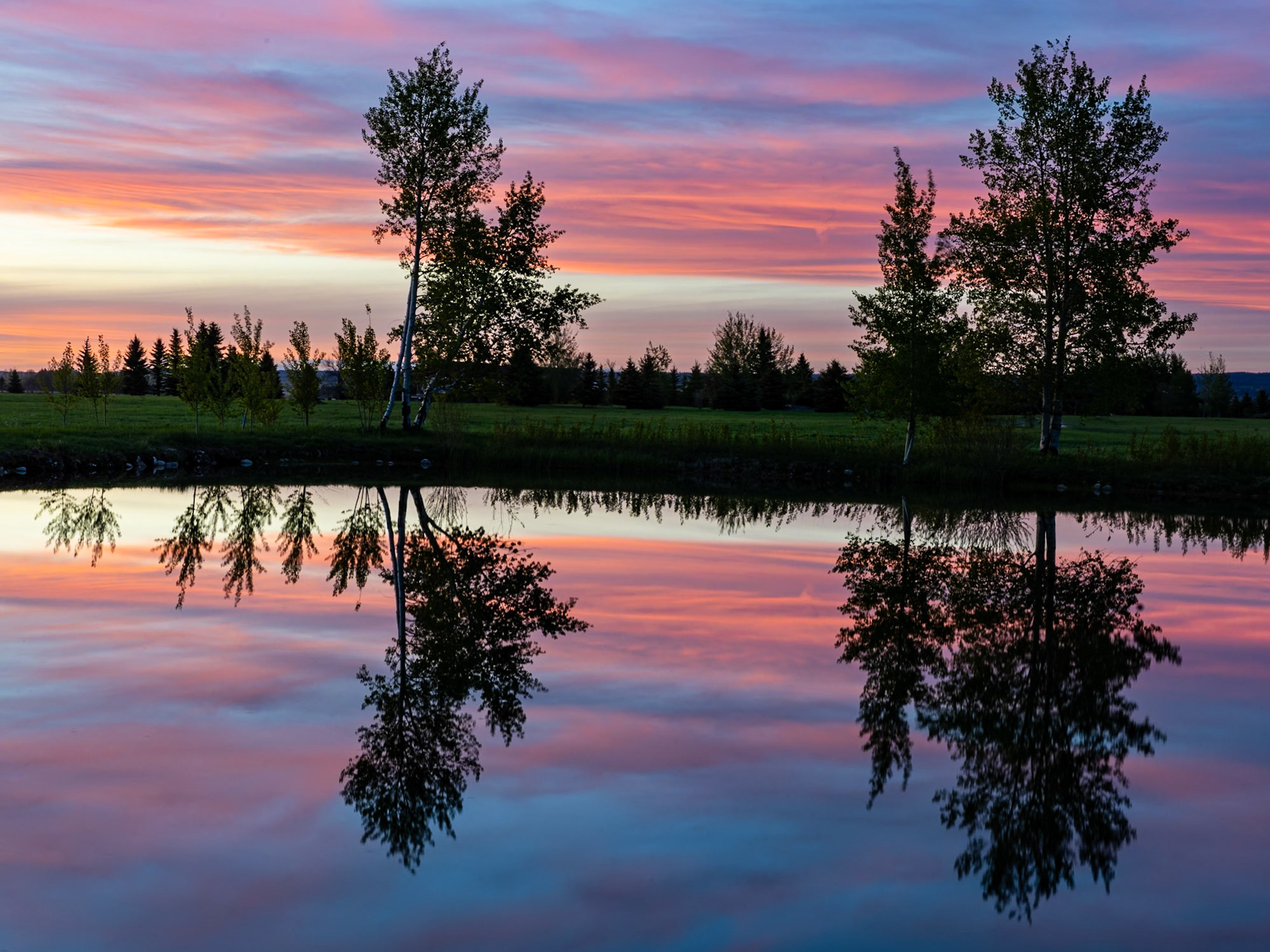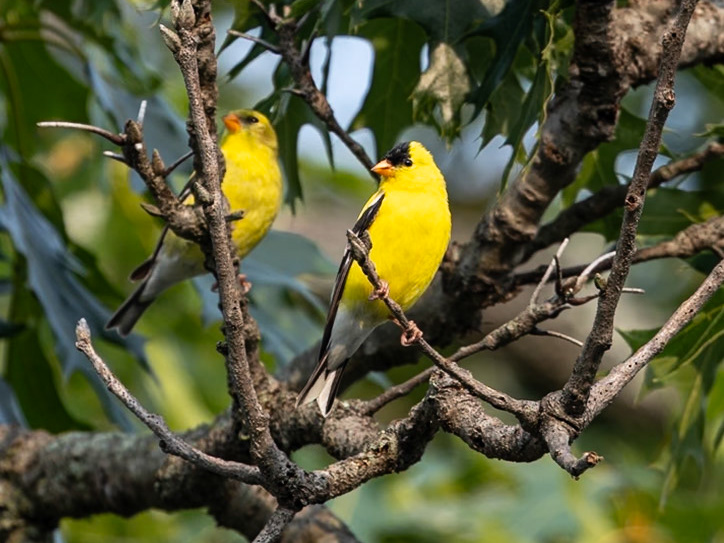Like the Tetons, on the opposite side of Jackson Hole, the Gros Ventre mountains were named by French-Canadian fur trappers who were some of the first non-native settlers to explore the area. "Gros Ventre" is French for "big belly" and is believed to have been derived from Indian sign language.
The Gros Ventre Mountain Range forms the eastern boundary of Jackson Hole, where Grand Teton National Park gives way to the Gros Ventre Wilderness, part of Bridger-Teton National Forest. The red hills east of Kelly present an unusual color and texture variant from the surrounding area. The Gros Ventre Wilderness is home to significant wildlife populations and serves as a critical calving area for the herds that winter in the National Elk Refuge below.
The Gros Ventre River originates in the Wilderness and twists and turns down canyons and valleys to join the Snake River just south of the Jackson Hole Airport. In the summer, moose cool off and feed in the shallow waters and on the shady banks of the river. As Fall unfolds, the cottonwood lined banks are transformed into beautiful scenes of gold. The river is a popular fly fishing location and home to native Cutthroat Trout. The Gros Ventre Range includes Sheep Mountain, better known as "The Sleeping Indian," a long ridge rising south from the river that is visible from many locations in and around Jackson Hole. When viewed from the right angle and distance, the ridge has the appearance of an Indian man lying on his back face up.
The diverse shapes, colors and textures make the Gros Ventre a rewarding location for photography. Whether seen from deep in the mountains, or viewed from a distance in Jackson Hole, it is an attractive and somewhat less traveled part of the area that offers much inspiration and many rewarding opportunities for photography.



